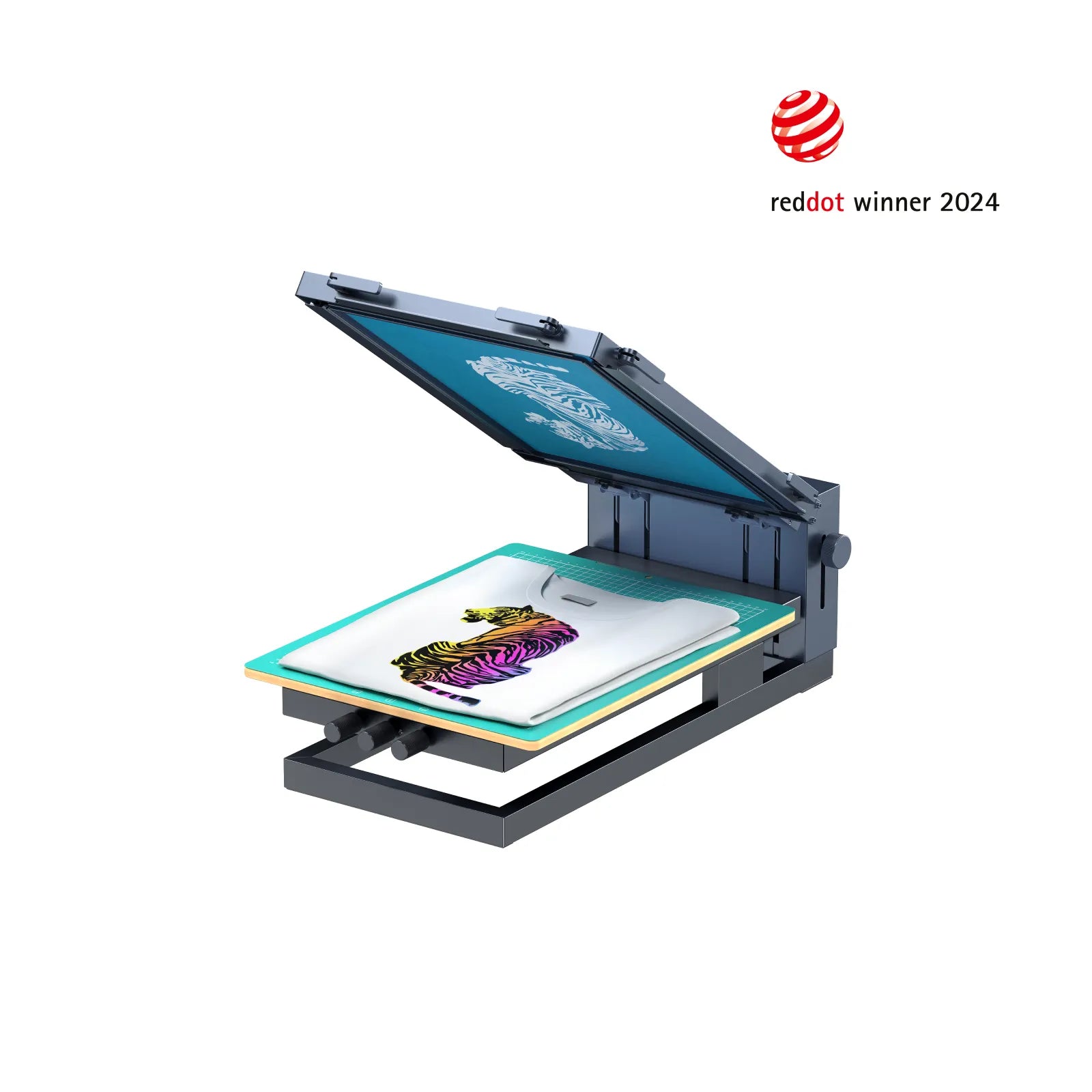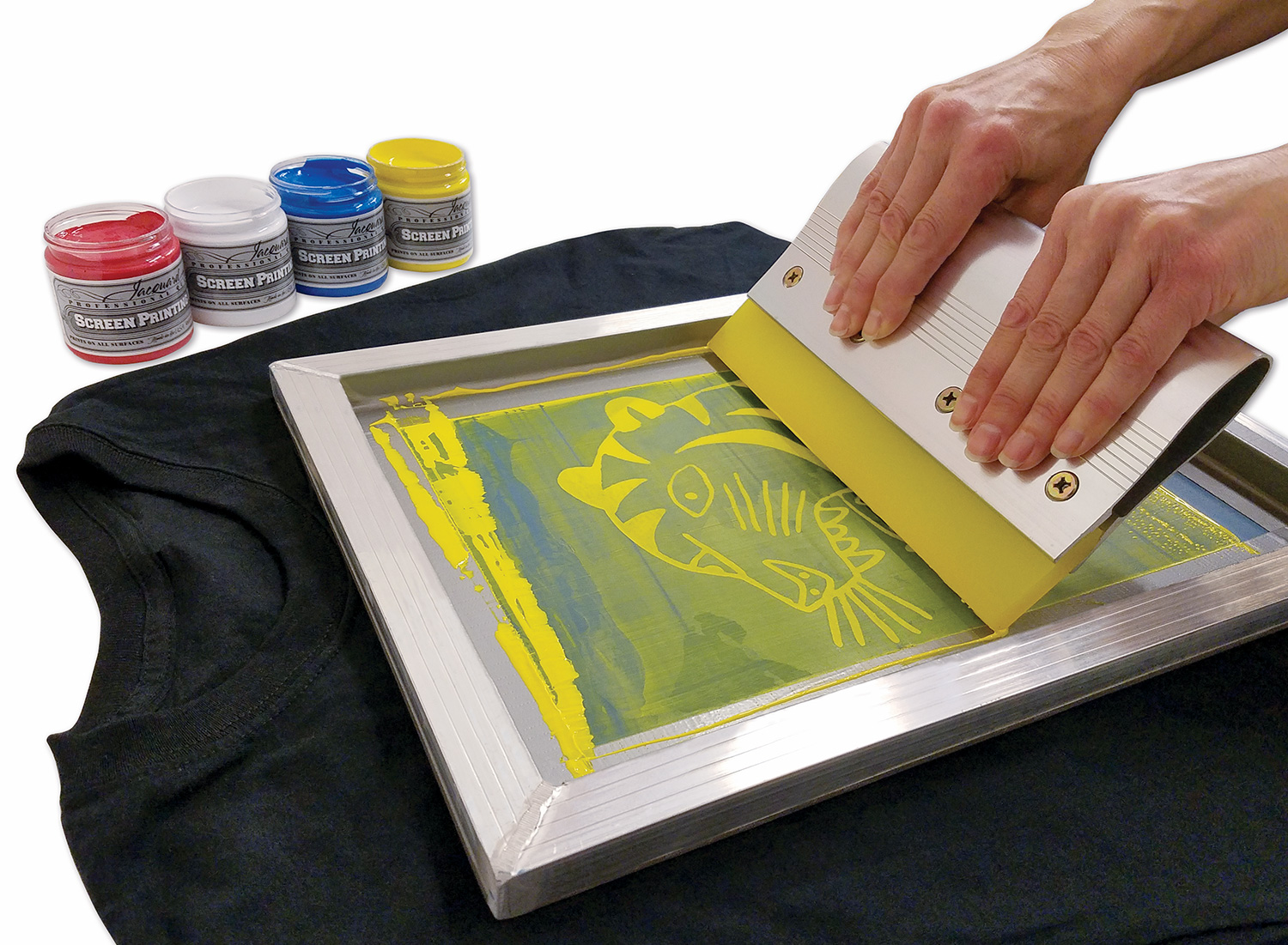ChatGPT said: Finding the best deals with 10:9 Design near me: strategies
Wiki Article
The Necessary Overview to Comprehending Screen Printing and Its Versatile Utilizes
Screen printing has an abundant background that goes back to ancient times, developing right into an innovative method used across different sectors today. This overview discovers the details of the screen printing procedure, detailing its applications in fashion, marketing, and home décor - 10:9 Design Embroidery. Understanding these principles can open up innovative possibility for both creative and industrial projects. The adhering to areas will expose crucial pointers and strategies to boost one's screen printing endeavorsThe Background of Screen Printing
Screen printing has roots that trace back centuries, its evolution mirrors the creative and technical innovations of different cultures. Coming from ancient China, the method was originally made use of for enhancing textiles and later infect Japan, where it ended up being important to Ukiyo-e woodblock printing. The approach changed to Europe in the 18th century, where it acquired popularity amongst artisans and commercial printers. The creation of picture solution in the 20th century changed screen printing, permitting more intricate styles and better effectiveness. Musicians like Andy Warhol even more drove its popularity, utilizing the tool to create iconic jobs that combined commercialism and great art. By the late 20th century, screen printing had established itself as a versatile technique, used in vogue, marketing, and great art. Today, it proceeds to develop, integrating digital innovation and expanding its applications throughout different industries.The Screen Printing Process Explained
Screen printing transforms artistic visions into substantial styles through a series of precise steps. At first, a photo is developed and after that moved onto a screen, usually made of great mesh fabric extended over a frame. A light-sensitive emulsion is used to the screen, which is subjected to light, solidifying in areas not covered by the picture. After rinsing the unhardened solution, a stencil is developed.Next off, the screen is put over the substratum, whether it be material, paper, or an additional product. Ink is then pressed with the open locations of the pattern using a squeegee, transferring the design onto the substratum below. This procedure can be repeated for several shades, needing separate screens for each and every hue. The published thing is treated making use of warm to assure the ink adheres correctly, resulting in a resilient, lively layout prepared for use.
Sorts Of Screen Printing Techniques

Additionally, specialty methods, such as discharge screen printing, eliminate color from the textile to develop softer prints, while aluminum foil screen printing applies metal foil to achieve a glossy finish (10:9 Design Company). Each method offers distinctive characteristics, providing to various imaginative needs and production scales, ultimately expanding the possibilities within the screen printing domain
Applications of Screen Printing in Different Industries

Additionally, the signs and advertising and marketing markets utilize screen printing for producing distinctive displays and banners. This approach enables vibrant shades and elaborate designs that catch interest. In electronics, screen printing is employed for using conductive inks to motherboard, important for element connections. The home style industry accepts screen printing to produce distinct styles on fabrics and wall surface art. In general, screen printing acts as an essential tool across diverse areas, enhancing products with individualized and aesthetically appealing graphics.
Tips for Successful Screen Printing Projects
While embarking on a screen printing project, mindful focus to detail can substantially improve the last end result. Initially, choosing top quality materials is essential; this consists of the screen, inks, and substratums. Utilizing suitable mesh counts can affect ink deposition and detail resolution. Prep work is equally crucial; detailed cleaning of screens and appropriate direct exposure times ensure crisp prints.Next, exact enrollment is crucial for multi-color prints. Using placement tools can aid attain specific layering. In addition, screening prints on scrap materials before production aids determine possible issues without losing sources.

Often Asked Questions
What Products Are Ideal for Screen Printing on Material?
Cotton and polyester blends are suitable for screen printing on textile due to their durability and ink absorption. Furthermore, specialized textiles like silk or canvas can generate unique textures and finishes, improving the overall layout quality.Just how Do I Tidy and Maintain Screen Printing Equipment?
To cleanse and keep screen printing devices, one need to routinely clean displays with appropriate solvents, evaluate mops for wear, lube moving components, and shop all products in a completely dry, dust-free setting to lengthen their lifespan.What Are the Environmental Impacts of Screen Printing?
Screen printing can have substantial environmental influences, including chemical waste from inks and solvents, water usage throughout cleansing processes, and energy consumption. Lasting practices and environment-friendly materials are crucial for lessening these unfavorable impacts.Can Screen Printing Be Done in your home Efficiently?
Screen printing can be successfully done at home with the check here appropriate products and strategies. Hobbyists can create high quality prints, though success relies on their skill degree, tools, and understanding of the procedure involved.
What Are the Prices Connected With Beginning a Screen Printing Business?

Starting a screen printing company includes prices for devices, products, and workspace. Initial expenses typically vary from a few hundred to several thousand dollars, depending upon the range, top quality of machinery, and wanted production capacity.
Screen printing has an abundant background that dates back to old times, evolving right into an advanced technique utilized across different markets today. Another method, rotating screen printing, utilizes round displays, assisting in continuous printing on textile rolls, consequently boosting efficiency for large manufacturings. Additionally, specialized methods, such as discharge screen printing, remove dye from the fabric to develop softer prints, while foil screen printing applies metallic aluminum foil to attain a shiny coating. In the fashion field, screen printing is extensively made use of to produce lively designs on apparel, allowing brands to showcase their unique designs. Cotton and polyester blends are suitable for screen printing on textile due to their resilience and ink absorption.
Report this wiki page